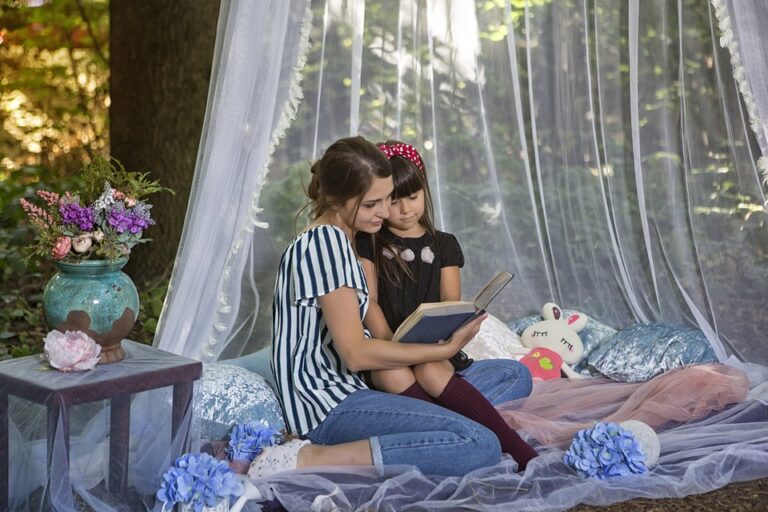
[ad_1]
The Importance of Creativity: How to Cultivate a Creative Environment for Children
Creativity is a vital skill that all children should develop. It helps them solve problems, express themselves, and think critically. In today’s fast-paced world, fostering creativity in children has become more important than ever. It not only prepares them for the future but also enhances their overall well-being. In this article, we will explore the importance of creativity and provide tips on how to cultivate a creative environment for children.
The Importance of Creativity
Creativity is the ability to think outside the box, come up with new ideas, and find innovative solutions to challenges. It is a key component of success in any field, whether it’s art, science, technology, or business. Children who develop their creative skills early on are better equipped to adapt to change, think critically, and approach problems with an open mind.
Furthermore, nurturing creativity in children has a positive impact on their social and emotional well-being. It allows them to express themselves freely, build confidence, and develop a sense of independence. Creativity also fosters a love for learning and exploration, encouraging children to embrace new experiences and take risks.
How to Cultivate a Creative Environment for Children
There are several ways to create a conducive environment for nurturing creativity in children. Here are some tips:
Encourage Open-Ended Play
Open-ended play, such as building blocks, drawing, or imaginative games, allows children to use their creativity without limitations. Provide them with a variety of materials and let them explore and create freely.
Support Their Interests
Every child has unique interests and talents. Encourage them to pursue activities they enjoy, whether it’s painting, music, dancing, or storytelling. By supporting their passions, you help them develop their creative abilities.
Expose Them to Diverse Experiences
Take children to museums, art galleries, and cultural events to expose them to different forms of creativity. Traveling and trying new activities also broadens their perspective and inspires creativity.
Provide Time for Reflection
Allow children to have moments of quiet and solitude for reflection. This gives them the space to process their thoughts, come up with new ideas, and unleash their creativity.
Be a Role Model
Show your own creativity and curiosity. Whether it’s pursuing a hobby, solving a problem, or thinking outside the box, your example will inspire children to do the same.
Real-Life Examples
Let’s take a look at some real-life examples of how cultivating a creative environment has positively impacted children:
Sophia’s Story
Sophia, a 10-year-old girl, was introverted and had trouble expressing herself. Her parents introduced her to art classes, where she discovered a passion for painting. Through painting, Sophia found a way to express her emotions and thoughts, ultimately boosting her confidence and social skills.
Aiden’s Adventure
Aiden, a 7-year-old boy, was fascinated by space. His parents encouraged his interest by taking him to a planetarium and buying him books on astronomy. Aiden’s curiosity led him to build a model of the solar system, sparking his creativity and love for learning.
Conclusion
Creativity plays a crucial role in a child’s development and overall well-being. By nurturing their creative abilities, children can enhance their problem-solving skills, build confidence, and develop a love for learning. As parents, educators, and caregivers, it is our responsibility to create an environment that fosters creativity and supports children in exploring their unique talents and interests.
FAQs
Q: Can creativity be taught?
A: While some individuals may naturally be more inclined towards creativity, it is a skill that can be nurtured and developed through exposure to diverse experiences, encouragement, and support.
Q: What are the benefits of fostering creativity in children?
A: Fostering creativity in children can lead to improved problem-solving abilities, enhanced self-expression, increased confidence, and a love for learning and exploration.
Q: How can parents incorporate creativity into everyday activities?
A: Parents can incorporate creativity into everyday activities by providing open-ended play opportunities, supporting their children’s interests, exposing them to diverse experiences, and being role models for creativity themselves.
[ad_2]